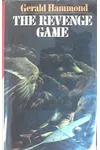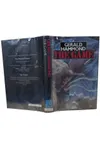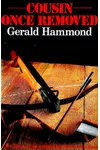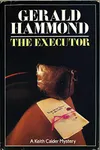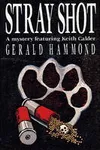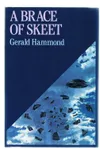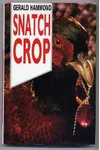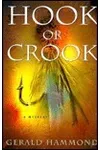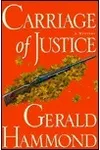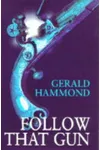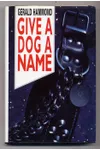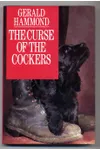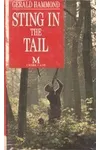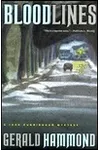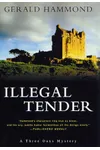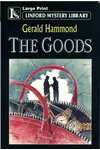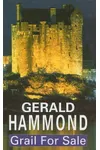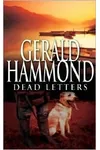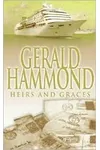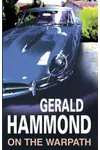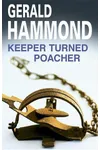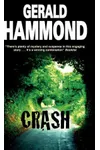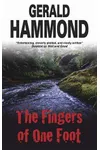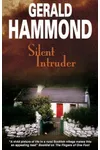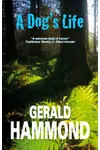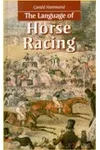Picture a Scottish storyteller who swapped blueprints for books, weaving mysteries as rugged and vibrant as the Highlands—meet Gerald Hammond! Born in 1926, this architect-turned-author penned over 70 novels, blending his love for shooting, fishing, and dogs into gripping tales. His Keith Calder series, steeped in Scottish charm, invites readers to solve crimes amidst misty moors and crackling campfires.
Hammond’s stories aren’t just mysteries; they’re love letters to the Scottish countryside, where every gunshot and pawprint tells a story. With a knack for authentic characters and thrilling plots, he carved a niche in outdoor fiction that still captivates readers today.
The Making of Gerald Hammond
Born on March 7, 1926, in Bournemouth, England, Gerald Arthur Douglas Hammond was destined for Scotland. The son of a physician and a nursing sister, he studied architecture at Aberdeen School of Architecture, earning his diploma in 1952. After serving in the British Army during World War II, he built a 30-year career designing buildings, from university halls to new towns. But his heart belonged to Scotland’s wild landscapes, where he indulged in shooting and fishing. In 1982, at 56, he retired from architecture to write full-time, trading drafting tables for typewriters.
His first novel, Fred in Situ (1965), marked the start of a prolific journey. Initially aiming for humor, Hammond found his true calling in mystery, influenced by his outdoor passions and a keen eye for human quirks. Writing under pseudonyms like Arthur Douglas and Dalby Holden, he honed a voice that was both witty and grounded.
Gerald Hammond’s Unforgettable Stories
Hammond’s novels are a masterclass in blending suspense with the great outdoors. His most famous creation, the Keith Calder series, stars a roguish gunsmith and poacher who solves crimes with sharp wit and sharper aim. Dead Game (1979), the series opener, introduces Calder at a Scottish Borders shoot, unraveling a murder disguised as an accident. Its sequel, The Reward Game (1980), dives deeper into Calder’s renegade charm, with a dead body in a car sparking a thrilling chase.
The Three Oaks series, featuring dog breeder John Cunningham, showcases Hammond’s love for canines. In Doghouse, Cunningham investigates a wildlife artist’s murder, using his gun knowledge to crack the case. The Honey Laird series adds a female detective and her loyal labrador, Pippa, solving crimes in Edinburgh’s shadows. Hammond’s style—crisp, witty, and rich with Scottish lore—brings authenticity to every page, whether he’s describing a spaniel’s spring or a rifle’s recoil.
His themes of loyalty, nature, and justice resonate deeply, often set against vivid Highland backdrops. Critics praised his “ingenious plots” and “characters you want to spend time with,” noting his ability to make the Scottish countryside a character in itself.
Why Gerald Hammond Matters
Gerald Hammond’s legacy lies in his ability to capture Scotland’s soul through mystery. His novels, praised by outlets like Ellery Queen’s Mystery Magazine, offered readers an escape into a world of rugged beauty and clever sleuthing. By spotlighting outdoor sports and rural life, he elevated a niche genre, inspiring writers to explore authentic settings. His passing in 2015 marked the end of an era, but his stories continue to charm new generations, proving that a good mystery never fades.
Hammond’s work also championed the bond between humans and dogs, reflecting his belief that “a dog is happiest doing what it is bred for.” His authentic portrayal of Scottish culture and sports left an indelible mark on cozy mystery fans.
- Born: March 7, 1926, Bournemouth, England
- Key Works: Keith Calder series, Three Oaks series, Honey Laird series
- Pseudonyms: Arthur Douglas, Dalby Holden
- Died: 2015
Snag Dead Game and dive into Gerald Hammond’s thrilling world of Scottish mysteries! Whether you’re a dog lover or a crime buff, his tales promise adventure at every turn.


